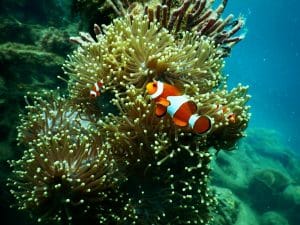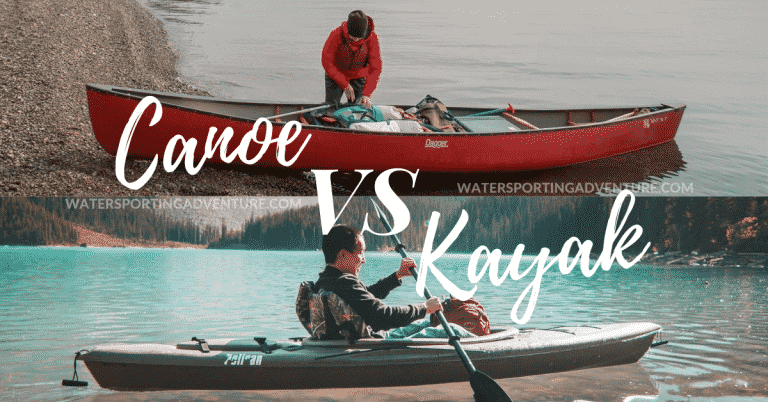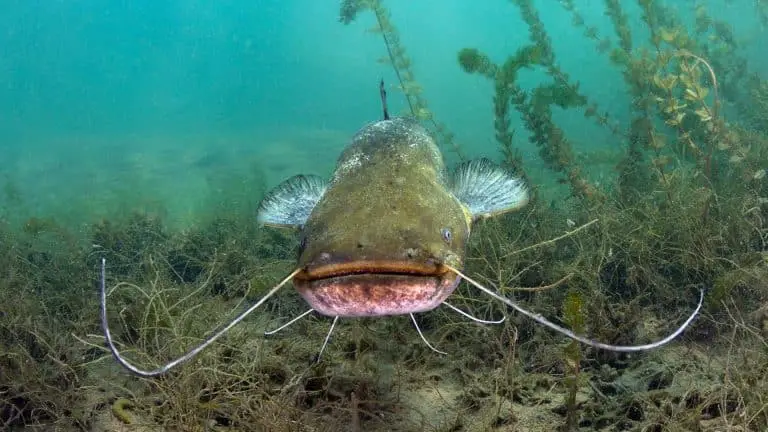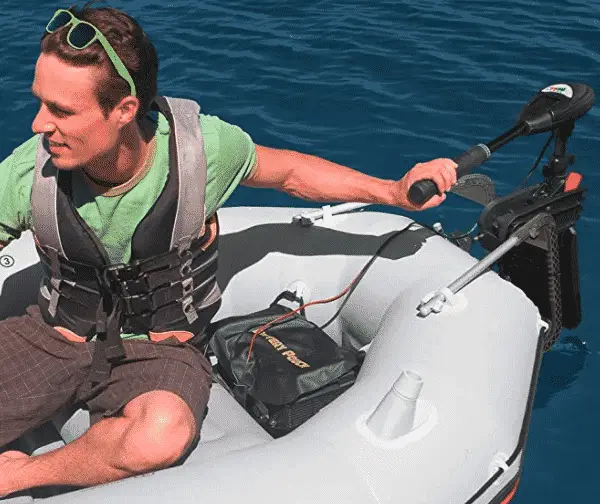Reef Safe Sunscreen & What Reef Sunscreen Ingredients Should I Avoid?
One thing which has come into the spotlight and become of utmost importance for most people is that our planet is in desperate need of repair – Reef Safe
Lots of people are doing their bit by reducing CO2 emissions, recycling, and cutting down on disposable plastic (ALL FANTASTIC CAUSES).
But one thing which is often overlooked and not considered by most people is the damage we are doing to our coral reefs and coastlines which provide habitat and food to thousands of species of fish and sea life.
From an early age most of us have been educated on the dangers of sun exposure and the effect it has on the human skin. We were often taught to cover the skin in a layer of
What most of us don’t understand is that when we swim in water, the chemicals found in most sunscreens kill coral, cause deformities in fish and bioaccumulate in the environment, eventually ending up in the human food chain.

Human life, pollution, and global warming pose a serious threat to the survival of the coral reefs. One serious factor is the
It’s estimated that up to 6,000 tons of
Key things to know about reef-safe sunscreen
The Haereticus Environmental Laboratory researches the effects
They have put together a ‘HEL List’ of substances which pollute and cause damage to marine life.
Many of the chemicals on the HEL list are intentionally included in the formulation of a product and are either listed or not listed in the ingredient labeling of the product.
Some products are now labeled with a ‘Protect Land + Sea’ certification seal which means the product has been laboratory-tested using analytical-forensic techniques to verify that the product is completely free of any chemicals which are on the HEL List.
The list provided by the Haereticus Environmental Laboratory is as follows:
- Any form of micro plastic spheres or beads.
- Any nanoparticles like zinc oxide or titanium dioxide.
- Oxybenzone
- Octinoxate
- 4-methylbenzylidene camphor
- Octocrylene
- Para-aminobenzoic acid (PABA)
- Methylparaben
- Ethylparaben
- Propylparaben
- Butylparaben
- Benzylparaben
- Triclosan
What can you do to help?
Of-course memorizing the above list isn’t a feasible plan and will just confuse you and it’s likely not all of them will be listed on your
To keep things simple we recommend checking the ingredients label on the
Look out for the main reef damaging substances such as Oxybenzone, Butylparaben, Octinoxate, and 4-methyl benzylidene camphor and make sure they aren’t included.
This method is outlined by the PADI (the Professional Association of Underwater Instructors). They also recommend that about 10-15 minutes before you get into the water, apply the
The Environmental Working Group (EWG) compiles a list on an annual basis in which scientists review and test over 1400
There are literally thousands of sunscreens out there that cause harm to the coral reefs, but there are also some good ones, so please do your due diligence and check the bottle and brand.
Another top tip that is often overlooked is to consider if you even need
Yes, it’s important to protect yourself from the sun’s UV rays, but if you’re going diving do you really need to apply reef-safe
Consider if your snorkel spot is in the shade or not, could you wear a hat, swim-shirt or reduce the length of time in direct sunlight?
You can find some great swim-shirts from Stay Nauti.
A simple bit of forward planning and extra thought could really go a long way to protecting our coral reefs. Hopefully you’re going to make the switch to using reef safe sunscreens.
For a list of sunscreens that meet the EWG’s requirements for health and the environment please click here.
We hope you found value in this article and learnt something new about reef safe
We’ll say it a thousand times over, protecting the coral reefs and marine life should be the main priority on a global scale. Whilst our site is only small, we feel the need to share this message. Please do the same!
If you are heading to the Philippines for some scuba diving then we have compiled a list of our favourite dive sites in the Philippines, you may find it useful!



![8 Best Freediving Fins [Product Reviews & Buyers Guide]](https://watersportingadventure.com/wp-content/uploads/2019/12/1-e1602774493423-768x368.jpg)


